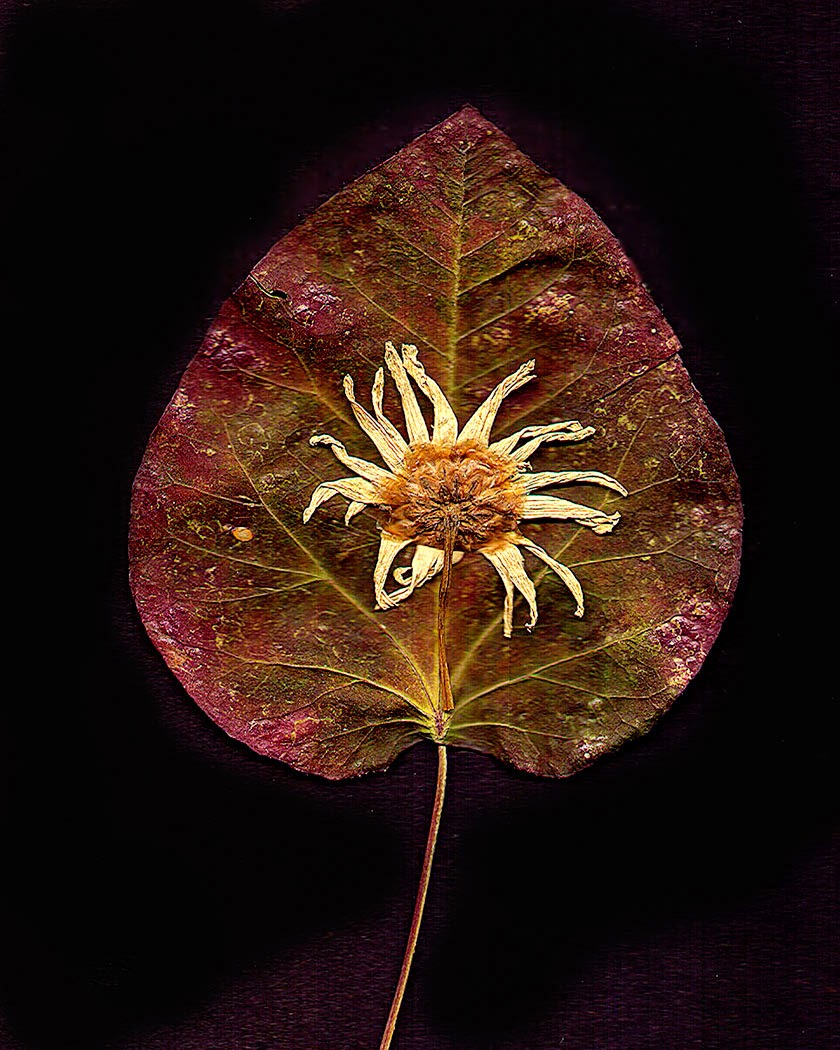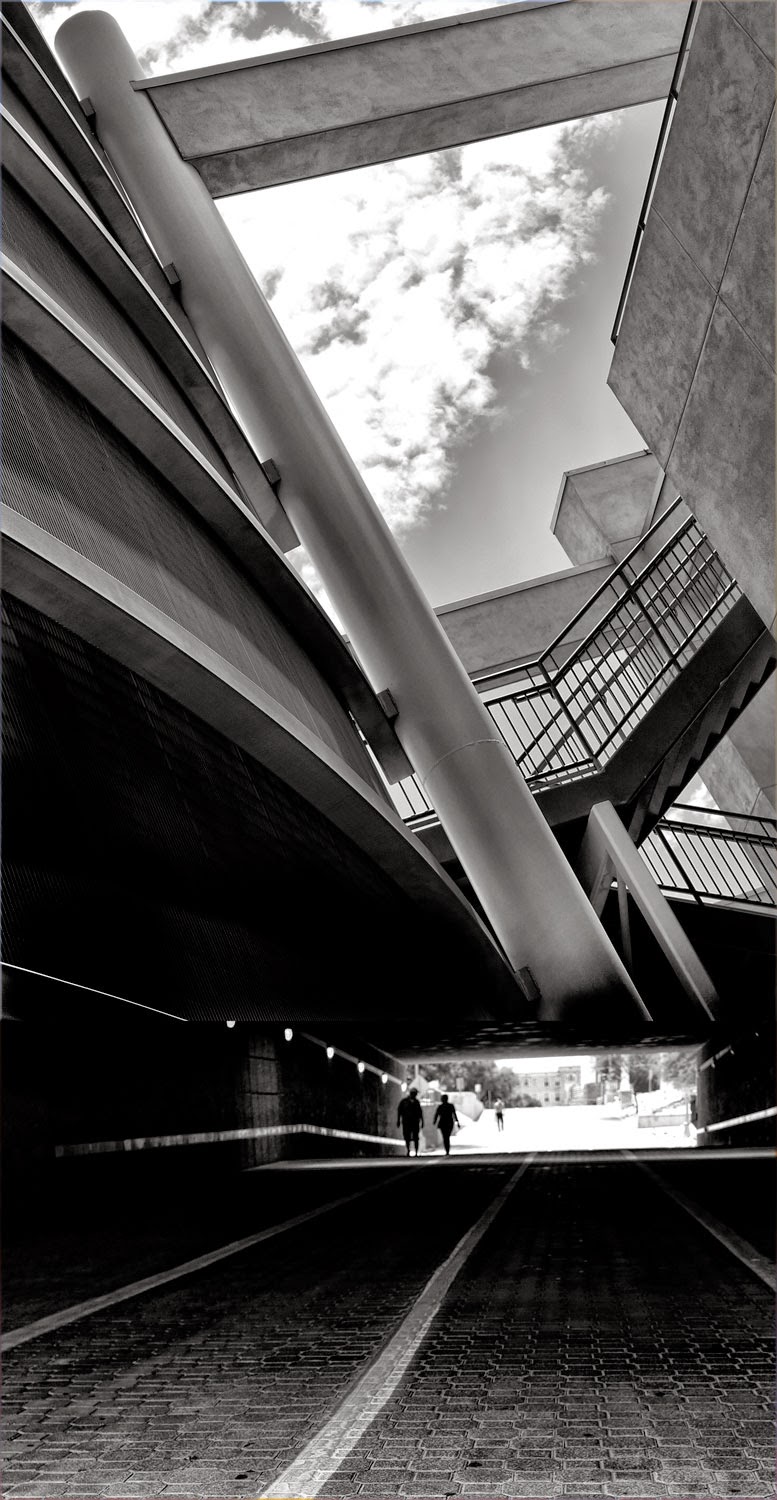Many of us
think that photography is all about the camera and the lenses you have in your
kit – but it is really about the creative process. The camera is only a tool you use in this
process and nothing more. Photographs
can be made without a camera using the scanner and a technique called
photograms. If I were teaching
photography, I would start my students out with using the scanner to create
images as a way of teaching them how to see shapes and forms before ever
touching a camera.
Photograms
are an imaging technique that dates back to 1800’s, the exposing of objects to
the sun by placing them on a sensitive paper.
Today the digital scanner and an imaging-processing program can offer a
wide range of experimentation without using a camera. The images here are a continuation of my
experiment with creating different effects using some Fall leaves, the scanner
and Photoshop. The backgrounds are
textures blended into the image using layers and the opacity slider to create
the double imaging effects.







































